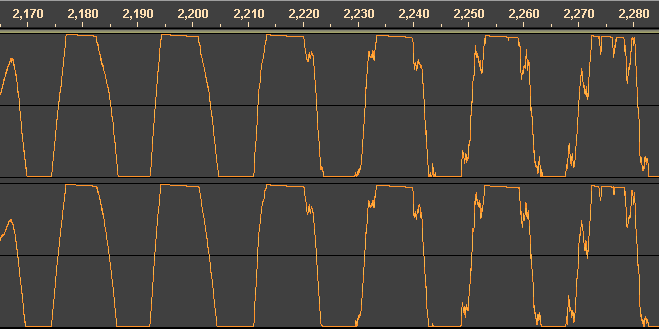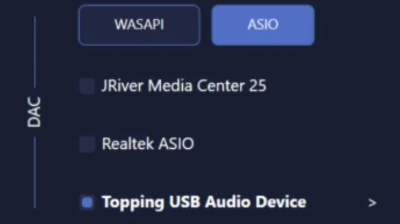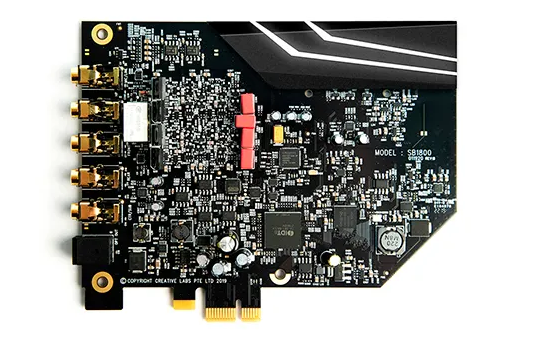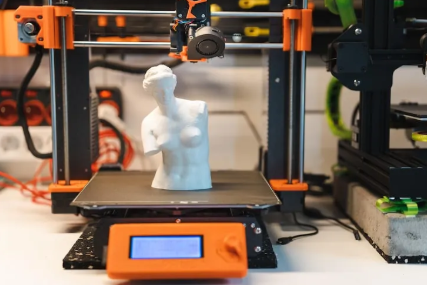From basement labs to pro studios, a silent revolution is reshaping the sound industry.
Why This Movement Is Exploding
In the past, audio engineering knowledge was guarded like a trade secret. Access to schematics, pro-grade tools, and DSP knowledge was either prohibitively expensive or tightly controlled by corporations and institutions.
Today? That’s over.
We’re living in a time when:
- High-performance hardware is cheap and modular.
- Open-source frameworks are mature and production-ready.
- Communities are collaborating globally — sharing code, circuits, and IRs (impulse responses) faster than any manufacturer can patent them.
It’s not just a trend. It’s a seismic shift — from consumption to creation, from dependence to engineering literacy.
Let’s look at what’s actually being built, and how.
🛠️ 1. DIY Audio Hardware: Building Your Own Signal Chain
Yes — people are literally building their own audio interfaces, DACs, compressors, preamps, and summing mixers at home.
📦 The Tools:
- Arduino, Raspberry Pi, and STM32 boards for real-time audio control and signal routing.
- DIY-friendly DAC chips (like PCM5102A, AK4493, or ESS Sabre ES9023) with breakout boards.
- Low-noise op-amps (NE5532, OPA2134, etc.) for custom analog stages.
- Open-source PCB design tools like KiCad and EasyEDA for circuit prototyping.
- Enclosures 3D-printed or CNC’d at home.
🧪 Example Projects:
- A fully analog, sidechain-capable stereo compressor based on 1176 schematics.
- A multichannel USB DAC + headphone amp with custom clocking and ultralow jitter.
- A DIY analog saturator using real transformer emulation circuits.
The line between hobbyist and professional is gone. Your “side project” can now outperform legacy gear — if you build it right.
🎛️ 2. Writing Your Own Audio Plugins — No Fancy Degree Required
Want to build your own vintage EQ, limiter, or even a spectral reverb that auto-responds to BPM changes? You can — and people are doing it right now using frameworks like:
⚙️ JUCE (C++ Framework)
- Industry-standard for audio plugin development (VST3, AU, AAX).
- Cross-platform, highly customizable.
- Used by Arturia, Korg, Native Instruments.
🧰 Other Tools:
- Pure Data / Camomile: Visual programming for audio with real-time processing.
- Faust: A functional DSP language that compiles to VST, LV2, standalone, etc.
- Max/MSP + RNBO: From prototyping to plugin exporting.
- SuperCollider: For procedural/generative DSP and synthesis.
DIY engineers are no longer just building tools for themselves. They’re releasing them to the public — some open-source, some commercially — and shifting the industry in the process.
🌀 3. Convolution Reverb From Your Church’s Stairwell (Yes, Really)
Why download a plugin when you can capture your own space?
Impulse response (IR) recording is now so accessible, even semi-pro engineers are creating convolution reverbs from:
- Grand cathedrals
- Tunnels, caves, forests
- Iconic studios
- Phone booths and freezers (yes, seriously)
🧪 How It Works:
- Generate a sine sweep or starter pistol sound.
- Record the reverberated signal in a space using stereo or surround mics.
- Deconvolve the result to create an impulse response file.
- Load it into any convolution reverb plugin (e.g. ReaVerb, Space Designer, Convology, IR1).
Boom — you now have your own reverb plugin, literally shaped by a physical space you stood in.





